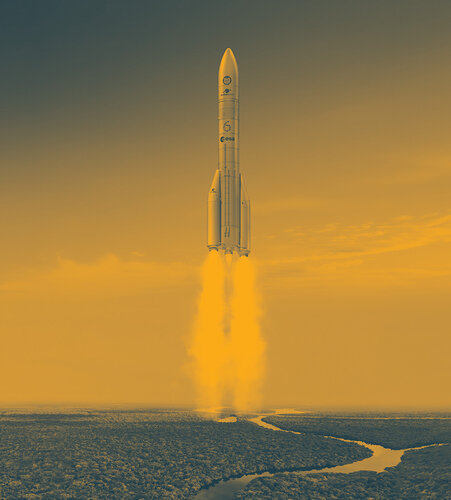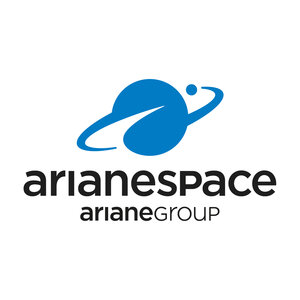Ariane 6 to take Sentinel-1D into orbit
Entrusted by the European Commission, ESA has signed a contract with Arianespace to secure an Ariane 6 rocket for the launch of the Sentinel-1D satellite, the fourth unit of the Copernicus Sentinel-1 mission, scheduled for the second half of this year.
The agreement, signed today at the 17th Space Conference in Brussels, ensures the launch of the Copernicus Sentinel-1D satellite aboard Europe’s new two-booster Ariane 6 rocket, known as Ariane 62.

Christoph Kautz, Director for Satellite Navigation and Earth Observation at the European Commission, said, “This agreement underscores the importance of having Sentinel-1D in orbit very soon to bolster the Sentinel-1 mission, a mission that is fundamental to Copernicus – the Earth observation component of the EU’s Space Programme.”
With liftoff planned for later this year, the Copernicus Sentinel-1D satellite will soon join its sibling, Sentinel-1C, which was launched last December. Sentinel-1D will replace the older Sentinel-1A satellite, which has been in orbit for almost 11 years now, well beyond its planned lifetime.
Developed by ESA for the European Commission, the Sentinel-1 mission is based on a constellation of two identical satellites flying in the same orbit but 180° apart to optimise global coverage and data delivery for Copernicus.
Carrying advanced radar technology to provide an all-weather supply of imagery of Earth’s surface, the ambitious Copernicus Sentinel-1 mission has raised the bar for spaceborne radar.

The mission contributes to numerous Copernicus services and applications, including Arctic sea-ice monitoring, iceberg tracking, routine sea-ice mapping and glacier-velocity measurements.
It also plays a vital role in marine surveillance, such as oil-spill detection, ship tracking for maritime security and monitoring illegal fishing activities, and more.
Additionally, it is widely used for observing ground deformation caused by subsidence, earthquakes and volcanic activity, as well as for mapping forests, water and soil resources.
The mission is crucial in supporting humanitarian aid and responding to crises worldwide.
Sentinel-1C and Sentinel-1D introduce new capabilities for detecting and monitoring maritime traffic, through their integrated Automatic Identification System instrument.
This system comprises four onboard antennas and optimises the capture of signals transmitted by ships, which include crucial details such as a vessel identity, location and direction of passage, enabling precise tracking.
ESA’s Director of Space Transportation, Toni Tolker-Nielsen, said, “With a choice of either two or four powerful boosters and a new restartable upper stage, the new Ariane 6 rockets provide Europe with greater efficiency and possibilities for launching a wide range of spacecraft.

“Today's signature further highlights the importance of collaboration, leveraging respective expertise to strengthen Europe’s role in space and enhance our collective responsibility to safeguard the planet.”
ESA’s Director of Earth Observation Programmes Simonetta Cheli, added, “Developed by ESA, the Sentinel-1 satellites are equipped with state-of-the-art technology to deliver crucial data that bring significant benefits to both society and the economy.
“With our European partners, we are very happy that the Ariane 6 launcher will carry the next Sentinel-1 satellite into space, enabling it to begin its operational life in Earth's orbit.”















 Germany
Germany
 Austria
Austria
 Belgium
Belgium
 Denmark
Denmark
 Spain
Spain
 Estonia
Estonia
 Finland
Finland
 France
France
 Greece
Greece
 Hungary
Hungary
 Ireland
Ireland
 Italy
Italy
 Luxembourg
Luxembourg
 Norway
Norway
 The Netherlands
The Netherlands
 Poland
Poland
 Portugal
Portugal
 Czechia
Czechia
 Romania
Romania
 United Kingdom
United Kingdom
 Slovenia
Slovenia
 Sweden
Sweden
 Switzerland
Switzerland

































